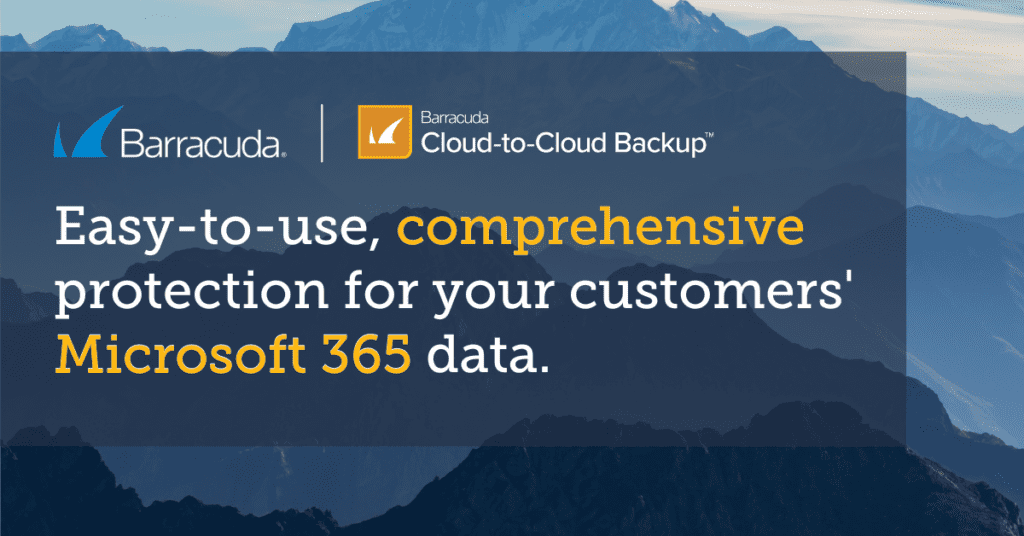 After more than a decade of using cloud computing services, many organizations are still struggling to justify a return on investment (ROI). A survey of 350 senior IT leaders in the U.S finds that more than three-quarters (78 percent) admit finding it difficult to consistently demonstrate ROI, with more than half of respondents (55 percent) struggling to link cloud spend directly to business outcomes.
After more than a decade of using cloud computing services, many organizations are still struggling to justify a return on investment (ROI). A survey of 350 senior IT leaders in the U.S finds that more than three-quarters (78 percent) admit finding it difficult to consistently demonstrate ROI, with more than half of respondents (55 percent) struggling to link cloud spend directly to business outcomes.
A Wakefield Research study for CloudBolt Software found that nearly half (48 percent) attribute the disconnect to organizational misalignment and operational silos, while 44 percent cite inefficient resource management, including poor tagging of infrastructure and inconsistent accountability as primary causes.
Additionally, the survey finds two-thirds (66 percent) report having cloud environments that are mostly to fully automated. However, 58 percent acknowledge that detecting and fully remediating issues takes weeks or months.
Organizations turn to MSPs for smarter deployment strategies
The survey also suggests that cloud computing environments are only becoming more complex to manage. A full 98 percent of respondents said Kubernetes is becoming a major driver of cloud spend, but 91 percent remain unable to effectively optimize their Kubernetes clusters. Many organizations (42 percent) are also expecting the management of hybrid cloud computing environments to become a higher priority, with more funding (39 percent) being allocated toward achieving that goal over the next 6 to 12 months.
Furthermore, 40 percent of respondents are looking to optimize cloud spending allocated to the running of artificial intelligence (AI) models.
In general, organizations are looking to managed service providers (MSPs) to help them strike the right balance when it comes to deploying applications. While cloud computing offers distinct advantages, there are still instances where it makes more economic sense to deploy an application in an on-premises IT environment. The more consistently an application consumes infrastructure resources, the more predictable the total cost of running that application in an on-premises IT environment becomes.
However, there are still plenty of instances where organizations opt to run applications in the cloud, almost by default. Many IT leaders have been convinced to adopt a cloud-only strategy, regardless of the type of workload being deployed, which helps explain why a majority of survey respondents still struggle to justify ROI.
MSPs must earn trust
Many IT leaders need help determining where to run specific classes of application workloads, which presents MSPs with an opportunity to become trusted advisors. The challenge is proving they don’t have a vested interest in one outcome versus another, as trust may be hard to gain and easy to lose.
Even if an application runs more cost-effectively elsewhere, migrating to it may not make sense due to the high costs involved. The key opportunity lies in establishing an economic model for deploying application workloads that clearly communicates the rationale behind the decision.
Photo: Sergey Nivens / Shutterstock

